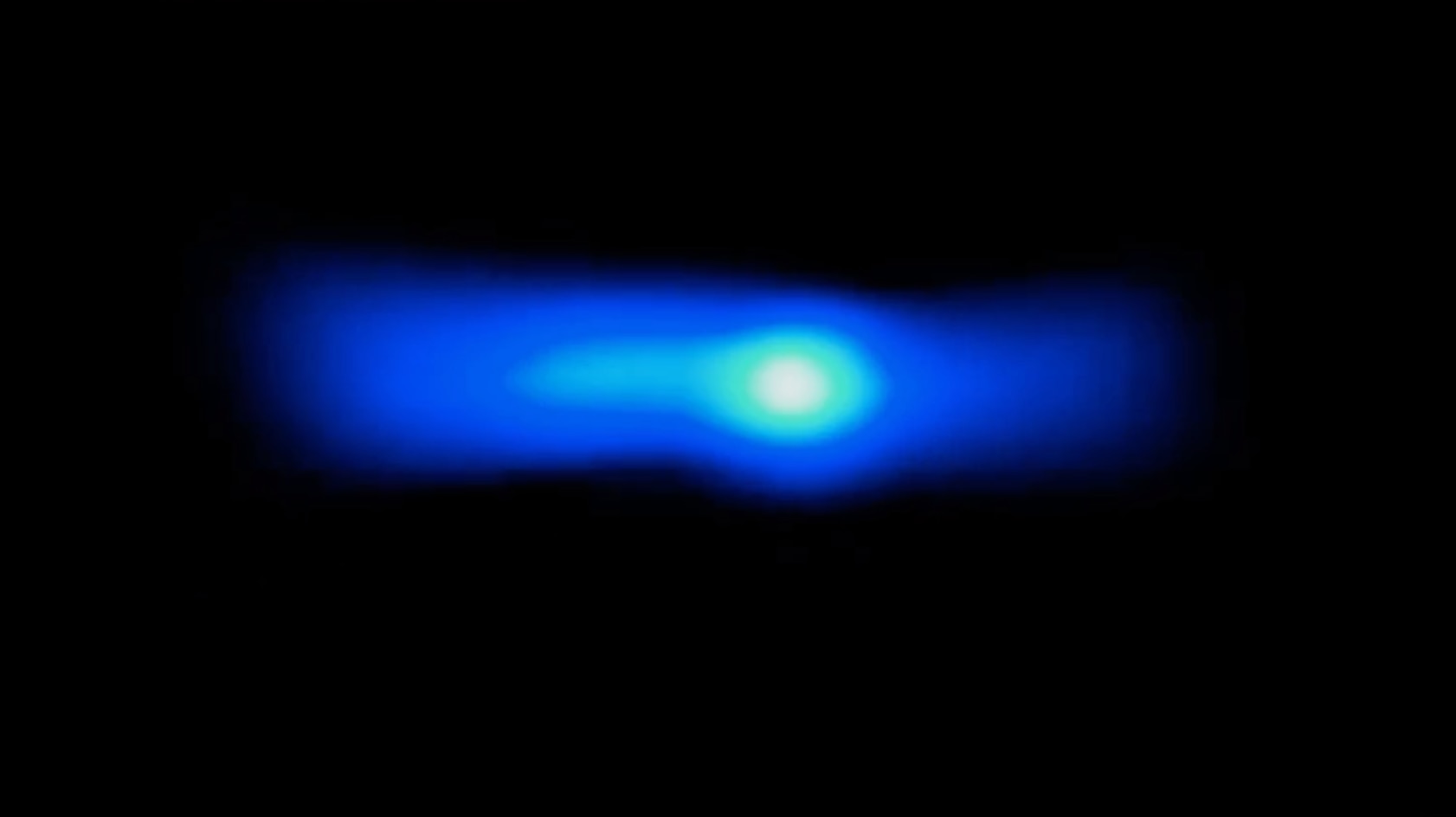Create a free profile to get unlimited access to exclusive videos, sweepstakes, and more!
The speed of light actually looks even cooler than it does on Star Wars

You know how Star Trek’s Enterprise zooms through space in a blue flash, or how the Millennium Falcon takes off in a blur of blinding light through the universe of Star Wars? Of course you do, thanks to special effects that have imagined the speed of light — but now we know what it looks like for real.
Light treks through space at an astounding 186,000 miles per second, something the human eye is definitely not prepared for. Not being able to see something move so fast doesn't mean we are incapable of capturing it. Caltech optics researchers recently built the world’s fastest camera — and postdoctoral student Peng Wang showed off what it can do in this mind-expanding YouTube video by the Slow Mo Guys.
You know how real science can actually be even more astounding than science fiction? This is kind of like that.
Caltech’s T-CUP (Compressed Ultrafast Photography) doesn’t take your ordinary 2D photos. Think 100 billion frames per second (which is far from its limit). T-CUP is a type of streak camera, which is made to measure how a linear image, such as a laser beam, evolves over an ultra-short span of time. It can record images in one dimension at ridiculous speeds.
T-CUP even beats the standard streak camera technology. Instead of imaging horizontal shots of a laser as it pulses, it can capture the entire shot in a single frame. This sorcery is possible when it diverts a laser beam to dual cameras at the exact same time and then combines the images using a computer program.
The visual result of this kind of looks like colored globs in a lava lamp, or an ‘80s movie version of ectoplasm. Movies, by the way, are only shot at about 24 frames per second, if you want to really digest how fast the T-CUP can image things.
Wang shot a laser beam through a bottle of water mixed with milk at that 100 billion frame-per-second speed. Meaning, light whooshed through the entire length of the bottle in 2,000 picoseconds. That’s 2 billionths of a second. The otherworldly footage you’re seeing is actually photons streaking through the liquid in a massive blur.
Technology that can show the human eye how light appears when it travels will keep growing more and more complex as researchers like Wang keep advancing it. Caltech is looking to create a camera that can record 1 quadrillion frames per second — so precise it could be used to image the human brain more accurately than ever.
(via LiveScience)


























